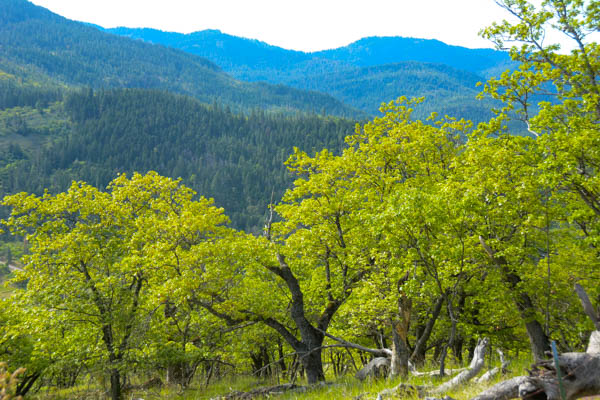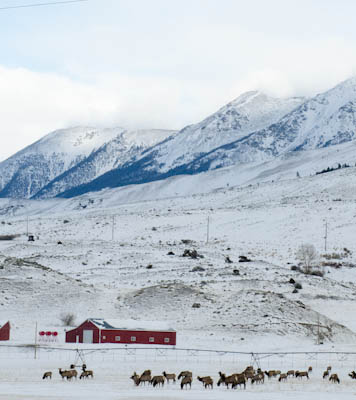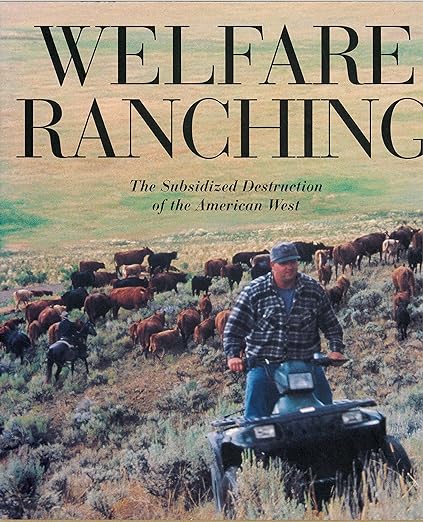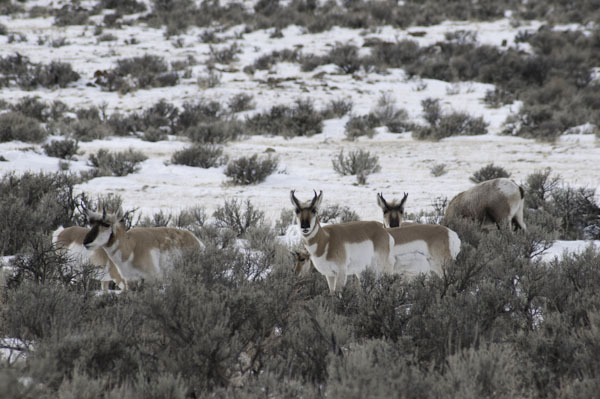Grazing and Livestock
-
I studied geography in grad school. One of the basic premises of geography is that maps can show graphical concepts and ideas that might not be obvious with other forms of communication. The map of roads in Greater Yellowstone serves as a powerful tool, revealing a reality that many fail to grasp. Despite the protection…
-
Cattle grazing, a practice that dates back to the creation of Grand Teton National Park and is also observed in a dozen other parks, is a part of the park’s historical legacy. However, that legacy is still creating conflicts between park values and livestock interests. A current controversy is over a $700,000 fence in the…
-
Yellowstone National Park recently released its Final Bison Management Plan. It arbitrarily limits bison numbers through tribal hunting outside of the park and the transfer of public Yellowstone bison to Indian reservations. The NPS Preferred Alternative 2 is better than the existing bison management but will continue the degradation of wild bison. Alt. 3 is…
-
The BOSH project in southern Idaho ultimately plans to destroy tens of thousands of acres of juniper woodlands on BLM lands. BOSH stands for Bruneau-Owyhee Sagebrush Habitat Project. The advocates of the BOSH project use pejorative language to characterize the Juniper clearing from the landscape. Terms like “restoring” the “natural” condition of the land assume…
-
On April 24th, 2024, the Vermont Law and Graduate School and Wild Horse Fire Brigade sent a letter to the Bureau of Land Management’s (BLM) District office in Medford, Oregon, proposing a collaboration between the Wild Horse (feral) Fire Brigade and the BLM to reduce wildfire threat through feral horse grazing on the Cascade-Siskiyou National…
-
The Washington Post published an article a few years ago that repeated the old and flawed idea that ranching will “protect” the land and suggesting conservation easements are the solution to sprawl. If championing cows or hayfields is your conservation policy, one must rethink the strategy. Keep in mind that nearly all the development found…
-
The seminal work on public lands livestock grazing and its web of impacts, Welfare Ranching – The Subsidized Destruction of the American West is now available for download.
-
An important question regarding sagebrush ecosystems, and species that rely upon them like sage grouse has to do with exactly what constitutes the fire rotation in sagebrush habitat? And a corrolary question is do current fire management policies emulate these historical conditions? William Baker’s paper, Scaling Landscape Fire History: Wildfires Not Historically Frequent in the…







